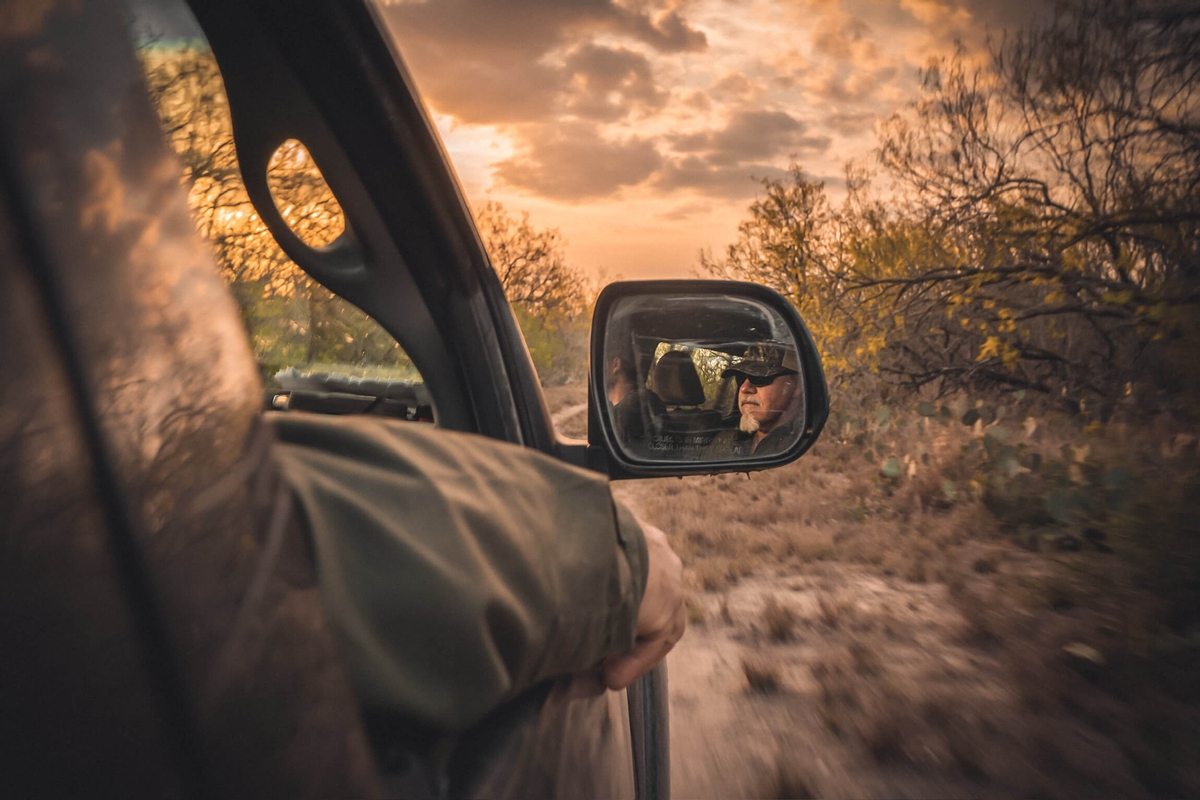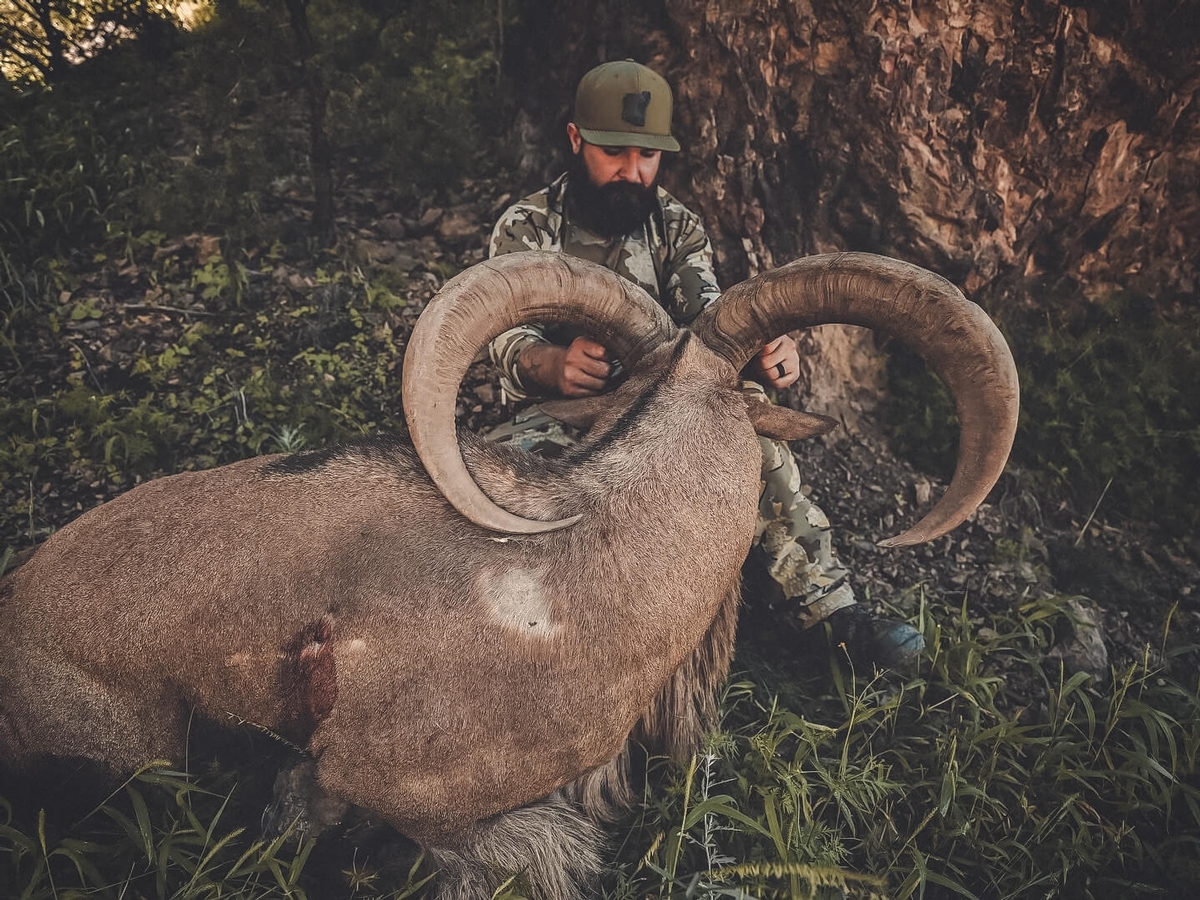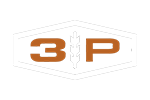South & West Texas Hunting Outfitter
"Raising Standards, Not Fences."
For more than 16 years, we’ve been focused on doing things right—in how we manage the land, in how we hunt, and in the experiences we create for our clients. At Mellon Creek Outfitters, we value fair chase and respect for the land over simply harvesting an animal.
Instead of raising fences, we choose to raise our standards. With careful game management and disciplined guiding practices, we offer a hunt where the land—and the wildlife—speak for themselves.
Free-Range Texas Hunting at its Finest
Mellon Creek Outfitters specializes in guided hunting trips across the wide-open landscapes of West Texas and the brush country of South Texas. Our free-range hunts include bobcat, whitetail deer, aoudad, elk, Rio Grande turkey, and more.
With multiple private ranches spanning thousands of acres, we’re able to provide quality low-fence hunts for those seeking an authentic Texas hunting experience.
Plan Your Texas Hunting Trip with MCO
We take care of the hard work so you can focus on what matters most—being out in the field and enjoying the hunt. Whether you’re a seasoned hunter or just starting out, each hunting trip with Mellon Creek Outfitters is tailored to your individual or group needs.
Start your Texas hunting adventure today.


